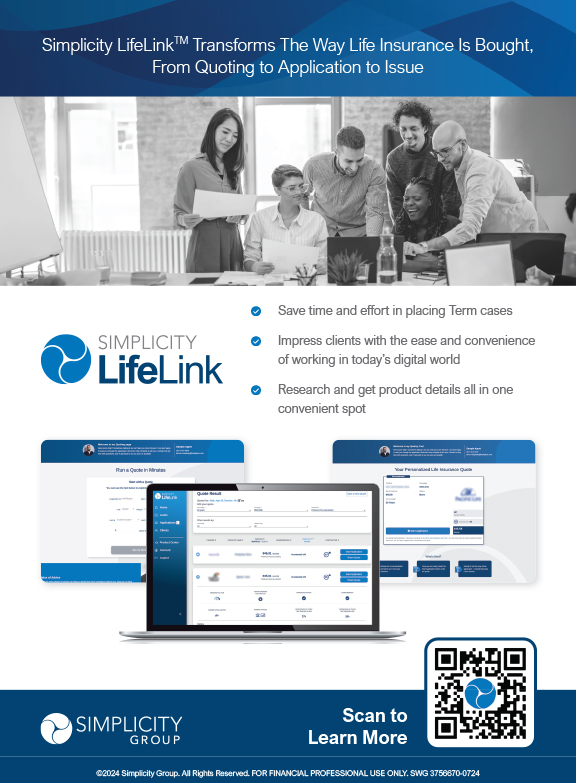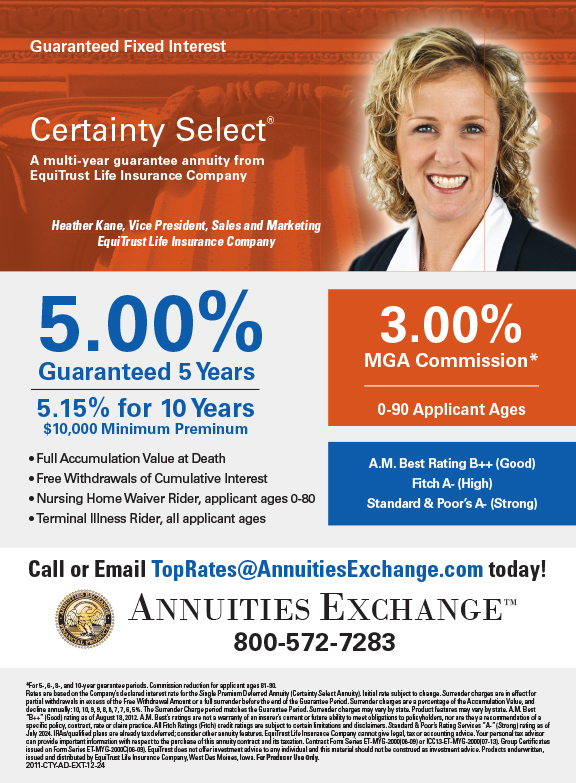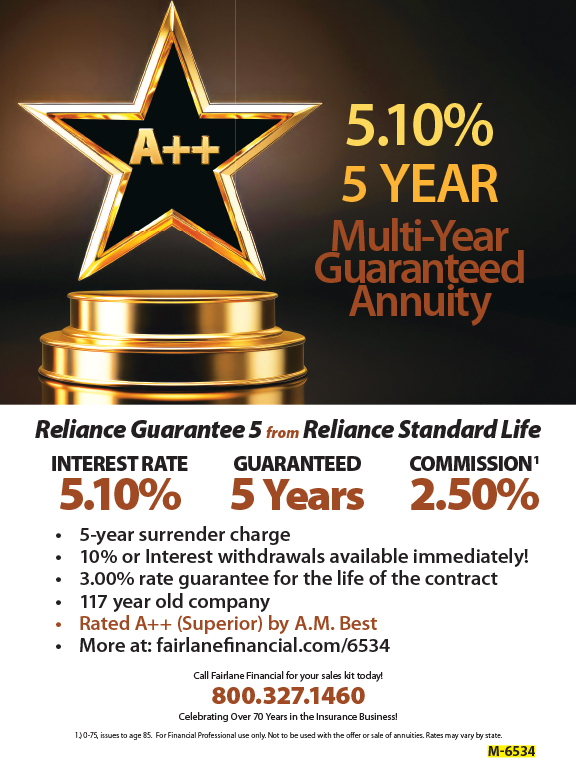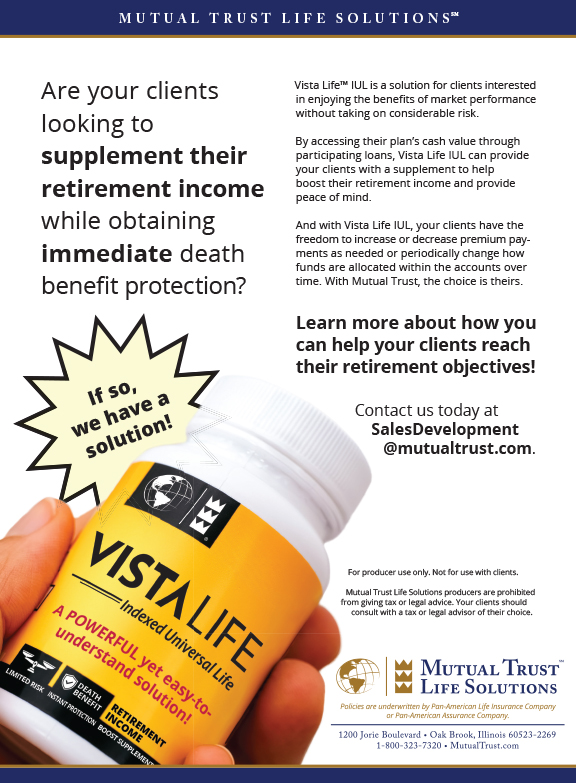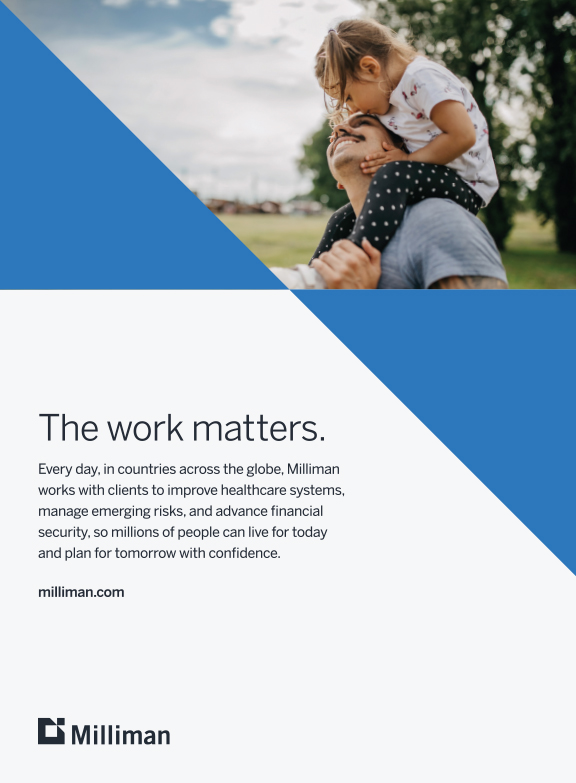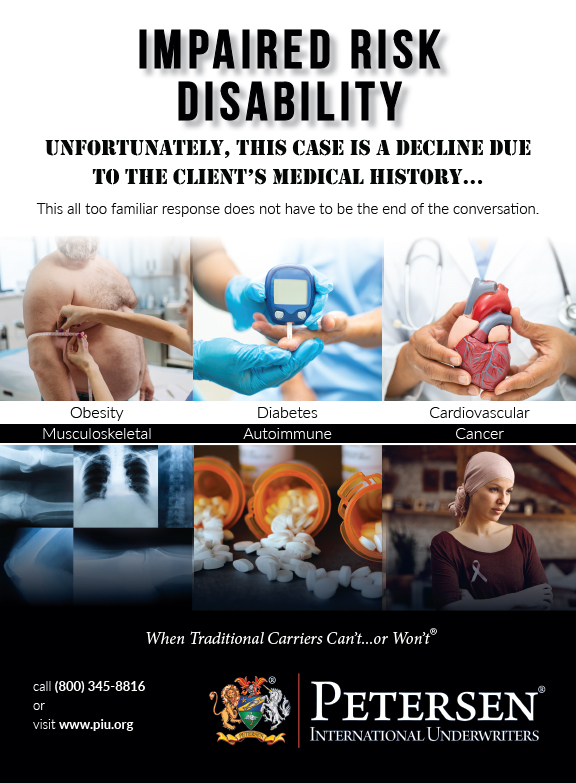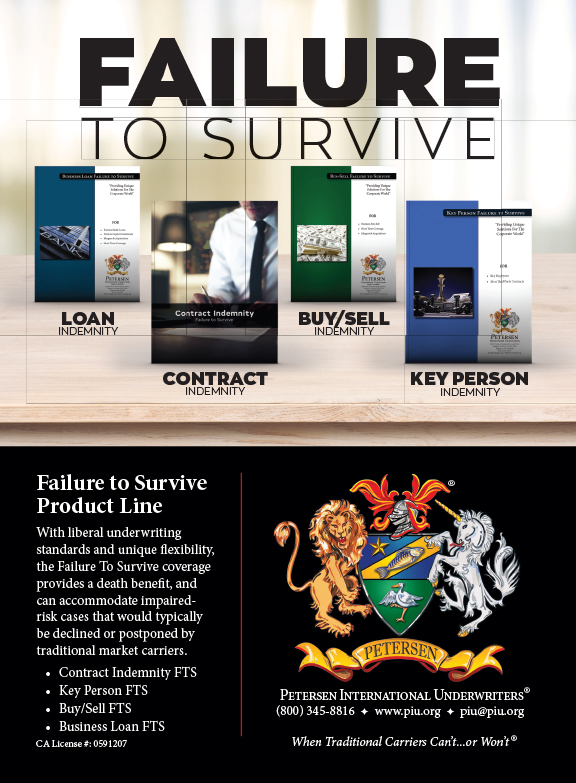Estate owners with a portfolio of financial assets are always exposed to the underlying market risk and interest rate risk inherent in owning these types of assets.
The bear market of 2007-2009 generally reduced the value of equities by amounts ranging from 30 to 50 percent, depending on the specific equities involved. Some clients bravely kept their equity positions and did not sell and have recouped some of their paper losses. Others locked in their capital losses by panic selling as the market trended downward.
This whipsaw volatility can play havoc with the financial psychology of your clients who hold these types of assets in their portfolios.
Balancing a Portfolio with “Fixed” Financial Assets
Certainly, a case can be made for a balanced portfolio approach to planning for the future. This may lead some owners of financial asset portfolios to reallocate a portion of their assets into taxable “fixed assets” like certificates of deposit, fixed annuities, corporate bonds, or U.S. government securities. These “non-leveraged” assets will balance out a portfolio which is heavily invested in equities. However, because of historically low current yields, fixed assets may not allow the owner to recoup the large portfolio losses incurred during the market downturn.
Another way to reallocate a portfolio without much market risk is to place a portion of the funds into tax-free “leveraged fixed assets.” Of course, what we are referring to is a guaranteed low-cost insurance policy if a client will not need to spend the portfolio assets during lifetime. Or a cash accumulation type of life insurance policy if a client may need to access cash value during lifetime for retirement income. Both policy types offer the ability to receive tax-free death benefits to help recoup lifetime loss of equity values for the benefit of the family at death.
Special Income Tax Benefits of Owning a Life Insurance Policy
• Tax-deferred cash value accumulation.
• Tax-free first-in/first-out (FIFO) withdrawals to basis and loans from policy cash value (non-MEC).
• Income-tax-free death benefits. Also, third party ownership by an irrevocable trust provides estate-tax-free death benefits.
• No contribution limits based on current income.
• No 10 percent penalty tax on cash value distributions prior to age 591/2 (non-MEC).
• No required minimum distributions (RMDs) of cash value after age 701/2.
Superior Financial Benefits of Owning a Life Insurance Policy
• Actuarially leveraged death benefit to self-complete a retirement plan for surviving family members if an insured dies before retirement. Or a leveraged death benefit to self-complete a family legacy plan if an insured dies before life expectancy.
• High after-tax internal rate of return (IRR) on death benefit at life expectancy when compared to alternative fixed financial assets.
• Very low present value cost (stream of premiums) to transfer the protection risk to an insurance carrier so a client can receive these special tax benefits.
Table 1 shows the advantages (or disadvantages) of the different asset types that should be considered when funding a portfolio for retirement income or for leaving an inherited legacy to your heirs. Remember, it’s the after-tax IRR and/or the after-tax income stream that is important. In other words, focus on what your clients and/or beneficiaries get to keep after payment of income taxes, both during the accumulation phase and distribution phase.
As you can see, life insurance has the flexibility to provide for multiple financial needs that help to protect, accumulate and transfer wealth. Based on the income tax results described above, life insurance should be seriously considered as part of the overall portfolio of assets owned by your clients. Of course, there are annual cost of insurance (COI) charges for the pure death benefit element of a life insurance contract. However, the alternative financial assets described above may also have annual internal fees or charges.








